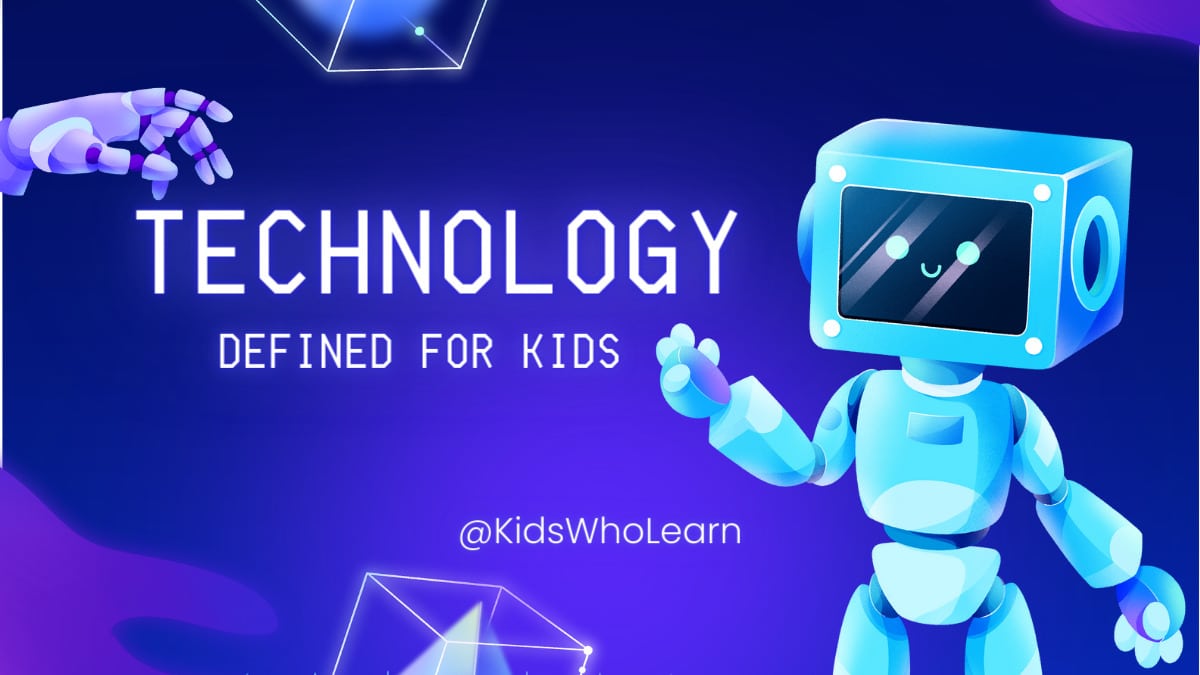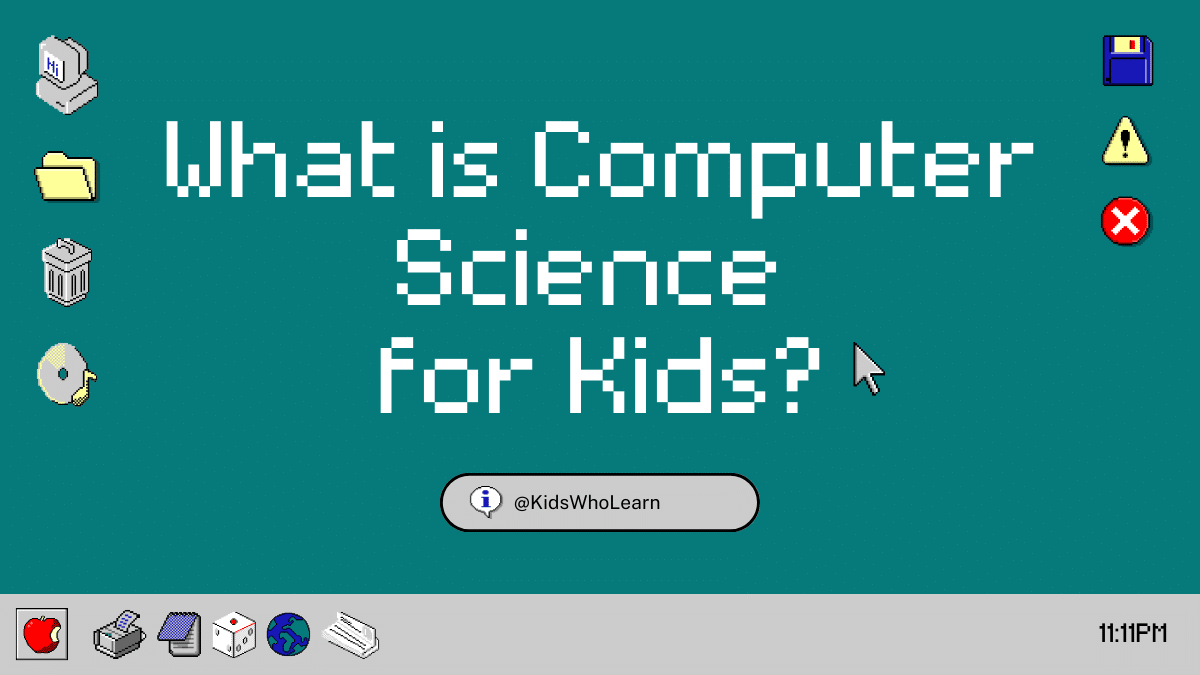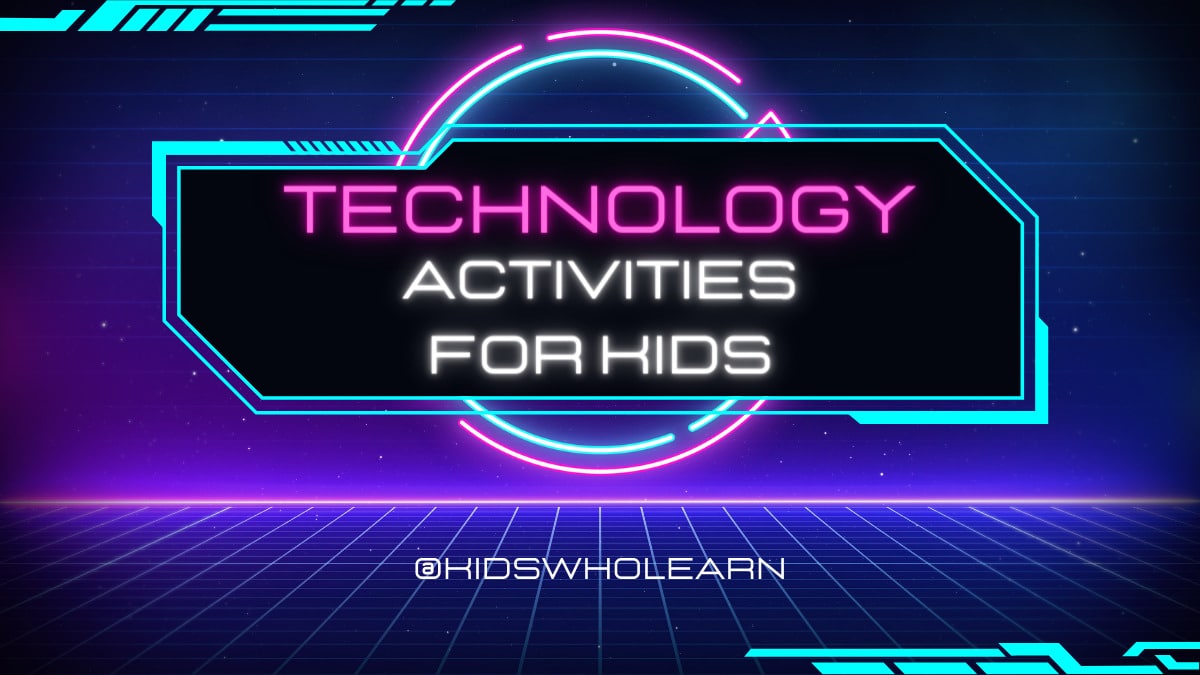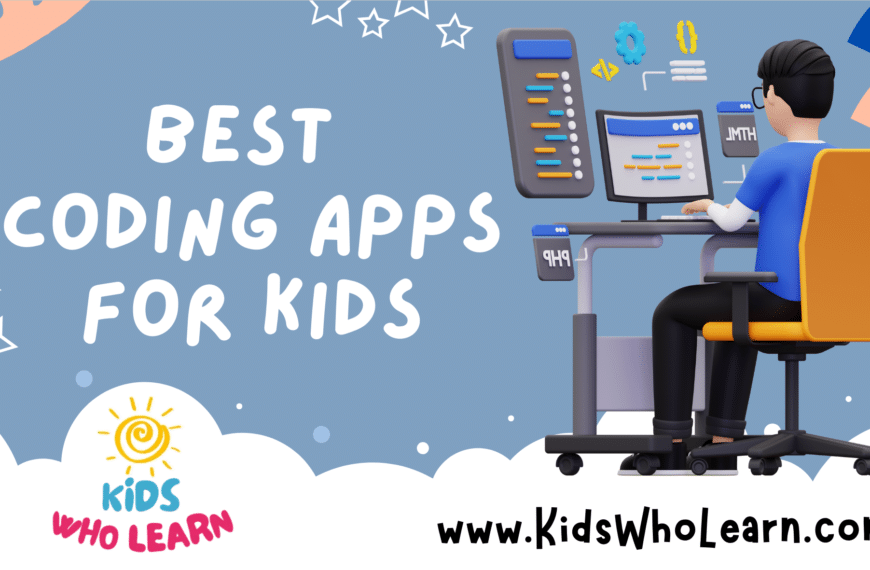Technology can be a confusing topic, but it doesn’t have to be. In this article, we’ll define technology in a way that’s easy for kids to understand.
Technology is all around us, from the smartphones in our pockets to the computers we use at school. But what does it actually mean? Simply put, technology is anything that makes our lives easier or solves a problem. It can be a physical object, like a computer or a car, or it can be software or an app that we use on our devices.
In this article, we’ll break down some common tech terms and explain what they mean in a way that’s easy to understand. So, whether you’re a tech-savvy kid or just getting started, you’ll be able to understand the basics of technology and how it impacts our lives.
What is Technology?
Simple Definition
Technology is the use of scientific knowledge and tools to solve problems and make our lives easier. It includes everything from simple tools like hammers and pencils to complex machines like computers and smartphones. Technology has been around for thousands of years and has helped humans accomplish amazing things.
Real-World Examples
Here are a few examples of technology that you might see in your everyday life:
- Smartphones: These devices allow you to make calls, send texts, take pictures, and access the internet from almost anywhere.
- Computers: Whether you use a desktop or laptop computer, these machines are essential for work, school, and entertainment.
- Cars: Cars use a combination of mechanical, electrical, and computer technology to get us from one place to another quickly and safely.
- TVs: Televisions use technology to display images and sound, bringing entertainment and news into our homes.
Technology is constantly evolving, and new inventions are being created all the time. It’s important to remember that technology is a tool, and it’s up to us to use it responsibly and ethically.
History of Technology
Inventions That Changed the World
Technology has come a long way since the beginning of human civilization. Inventions have revolutionized the way we live, work, and communicate with each other. Here are some of the most significant inventions that have changed the world:
- The Wheel: The invention of the wheel is considered one of the most important inventions in history. It made transportation and trade much easier and faster.
- The Printing Press: The printing press revolutionized the way information was shared. It allowed books, newspapers, and other printed materials to be produced quickly and inexpensively.
- The Telephone: The telephone made it possible for people to communicate with each other over long distances. It changed the way we communicate and paved the way for future inventions like the internet.
- The Computer: Computers have transformed the world in countless ways. They have made it possible to process vast amounts of information quickly and efficiently, and have paved the way for many other technological advancements.
Timeline of Key Developments
Here is a brief timeline of some of the key developments in technology:
- Prehistoric Times: The invention of fire allowed humans to cook food, stay warm, and ward off predators.
- 3000 BC: The invention of the wheel revolutionized transportation and trade.
- 1450: The printing press was invented, allowing for the mass production of books, newspapers, and other printed materials.
- 1876: Alexander Graham Bell invented the telephone, changing the way people communicate.
- 1947: The invention of the transistor paved the way for the development of computers.
- 1971: The first microprocessor was invented, making it possible to build smaller and more powerful computers.
- 1991: The World Wide Web was invented, changing the way we access and share information.
As you can see, technology has come a long way over the centuries. From the invention of fire to the World Wide Web, each development has paved the way for the next. Who knows what exciting new inventions the future holds?
Types of Technology
Technology is all around us, and it can be divided into different categories. Here are some of the main types of technology:
Information Technology
Information technology (IT) is the use of computer systems and software to manage, process, and store information. IT includes things like computers, smartphones, tablets, and software applications. With IT, you can connect with people from all over the world, learn new things, and access a wealth of information.
Medical Technology
Medical technology is the use of technology to improve healthcare. It includes things like medical devices, diagnostic tools, and medical imaging equipment. Medical technology has revolutionized the way we diagnose and treat diseases, making healthcare more efficient and effective.
Transportation Technology
Transportation technology is the use of technology to improve transportation. It includes things like cars, airplanes, trains, and ships. Transportation technology has made it easier and faster to travel from one place to another, connecting people and goods across the globe.
Entertainment Technology
Entertainment technology is the use of technology to create and deliver entertainment. It includes things like video games, movies, music, and virtual reality. Entertainment technology has transformed the way we experience entertainment, making it more immersive and interactive.
By understanding the different types of technology, you can appreciate the ways that technology impacts your life. Whether it’s through staying connected with friends and family, receiving better healthcare, traveling to new places, or enjoying your favorite forms of entertainment, technology plays a big role in making your life better.
How Technology Works
Basic Principles
Technology is all around you, from the computers you use to the smartphones you carry in your pocket. But have you ever wondered how technology works? At its most basic level, technology is the application of scientific knowledge to solve problems and make our lives easier.
One of the key principles behind technology is that everything can be broken down into smaller parts. These smaller parts can then be analyzed and understood, and new solutions can be developed from that understanding. This is why technology is often described as a “systematic approach” to problem-solving.
From Idea to Invention
The process of creating new technology often starts with an idea. This idea can come from anywhere – a scientist, an engineer, or even a kid like you! Once the idea is formed, the next step is to turn it into a working invention.
This process can take many different forms, depending on the type of technology being developed. For example, if you’re designing a new smartphone app, you might start by sketching out your ideas on paper. Then, you might create a prototype of the app using specialized software.
If you’re building a physical device, like a robot or a drone, the process might involve creating schematics and blueprints, and then assembling the device from various components.
No matter what type of technology you’re creating, the process always involves a lot of trial and error. You’ll need to test your invention over and over again, making tweaks and adjustments until it works just right.
In conclusion, technology is all about solving problems and making our lives easier. By breaking things down into smaller parts and using a systematic approach to problem-solving, inventors and engineers are able to create amazing new technologies that help us in countless ways.
Technology in Our Daily Lives
Technology is all around us, and it’s hard to imagine life without it. From the moment you wake up to the moment you go to bed, you interact with technology in some way. Here are some of the ways technology impacts your daily life:
At Home
Technology has made our homes more comfortable and convenient. You can control the temperature, lighting, and even the security of your home with the touch of a button. Here are some examples of technology in your home:
- Smart thermostats that adjust the temperature based on your schedule
- Voice assistants like Amazon Alexa or Google Home that can play music, answer questions, and control other smart devices in your home
- Smart locks that allow you to lock and unlock your doors remotely
- Smart lights that can be controlled with your phone or voice
In School
Technology has also transformed the way we learn. With the help of technology, you can access information from anywhere in the world and collaborate with classmates online. Here are some examples of technology in your school:
- Online learning platforms like Khan Academy or Coursera that offer free courses on a variety of subjects
- Interactive whiteboards that allow teachers to create engaging lessons
- Tablets and laptops that enable students to take notes, complete assignments, and access educational resources
- Educational apps that make learning fun and interactive
In Play
Technology has also made playtime more fun and exciting. From video games to virtual reality, technology has opened up new worlds of entertainment. Here are some examples of technology in your playtime:
- Video game consoles like Xbox or PlayStation that offer immersive gaming experiences
- Virtual reality headsets that allow you to explore new worlds and experiences
- Drones that can capture stunning aerial footage or be used for racing and other activities
- Wearable technology like fitness trackers that help you stay active and healthy
Technology has become an integral part of our daily lives, and it’s only going to become more prevalent in the future. By understanding how technology impacts our lives, we can make the most of it and use it to improve our daily routines.
The Future of Technology
Emerging Technologies
Technology is constantly evolving, and new technologies are emerging every day. Some of the emerging technologies that you may see in the future include:
- Artificial Intelligence (AI): AI is a technology that enables machines to learn from experience and perform tasks that would normally require human intelligence. In the future, AI could be used to create intelligent robots that can perform tasks like cooking, cleaning, and even driving.
- Virtual Reality (VR): VR is a technology that allows you to experience a computer-generated environment as if you were actually there. In the future, VR could be used to create immersive educational experiences, as well as gaming and entertainment.
- Augmented Reality (AR): AR is a technology that overlays digital information onto the real world. In the future, AR could be used to enhance the way we work, learn, and play.
Predictions and Possibilities
The future of technology is full of exciting possibilities. Here are some predictions about what the future of technology could look like:
- Smart Cities: In the future, cities could become smarter and more efficient through the use of technology. Smart cities could use sensors and data to manage traffic, reduce energy consumption, and improve public safety.
- Healthcare: Technology could revolutionize the way we approach healthcare in the future. Wearable devices could monitor our health and alert us to potential health problems, while telemedicine could allow us to receive medical care from anywhere in the world.
- Transportation: In the future, transportation could become faster, safer, and more efficient through the use of technology. Self-driving cars could reduce accidents and traffic congestion, while high-speed trains could make travel faster and more convenient.
The possibilities for the future of technology are endless, and we can’t wait to see what the future holds.







